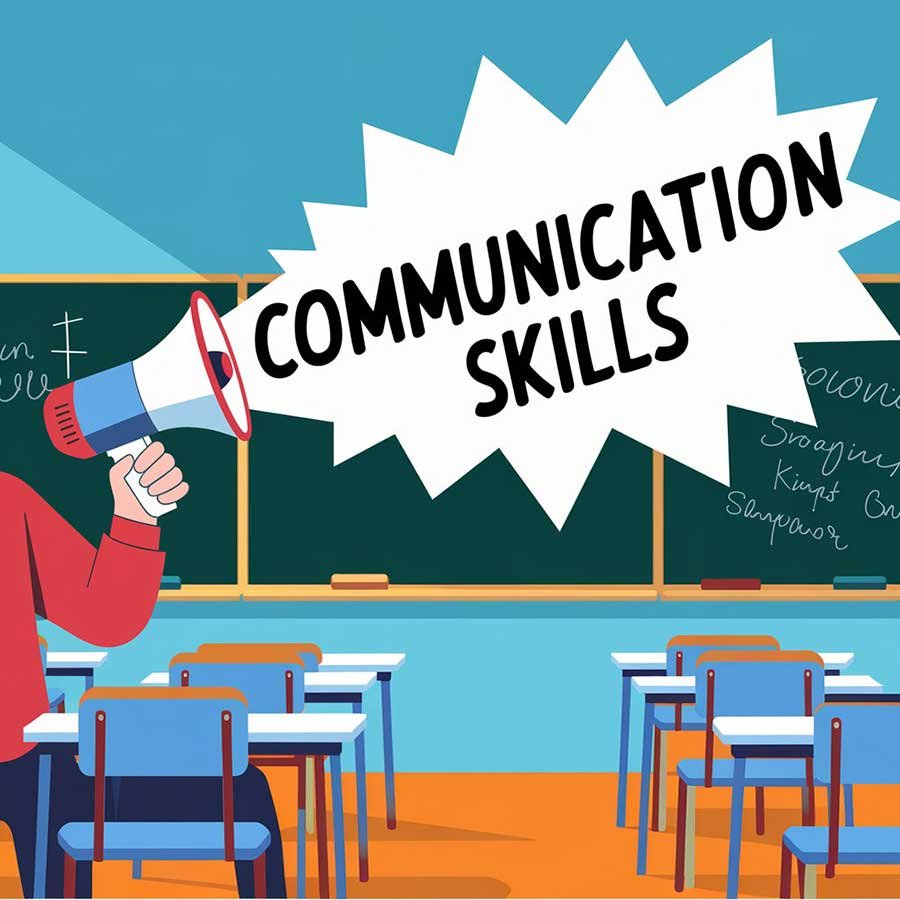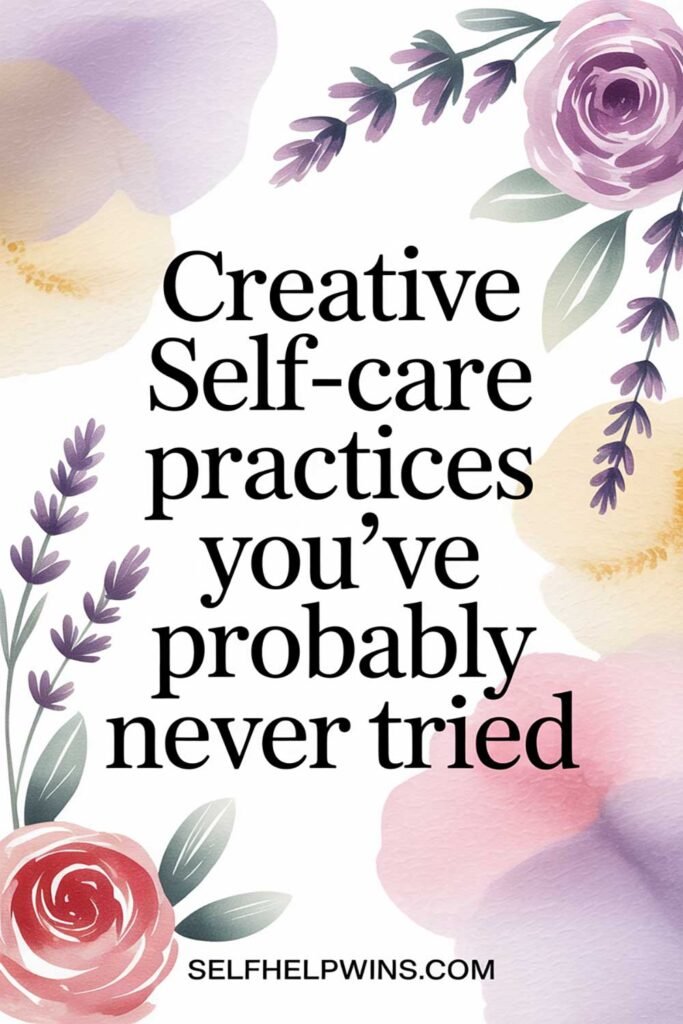
Communication Skills
Effective communication is one of the most valuable skills a person can develop. Whether in personal relationships, the workplace, or everyday interactions, strong communication enhances understanding, builds trust, and fosters meaningful connections. Yet, many people struggle with expressing themselves clearly or listening actively. The good news? Communication skills can be learned and refined with practice. This guide will help you master the art of effective communication so you can navigate conversations with confidence and ease.
1. Practice Active Listening
Communication is a two-way street, and listening is just as important as speaking. Active listening involves fully concentrating on the speaker, understanding their message, and responding thoughtfully.
Tips for Active Listening:
- Maintain eye contact and use open body language.
- Avoid interrupting and wait for the speaker to finish before responding.
- Summarize what was said to confirm understanding (e.g., “So what you’re saying is…”).
- Ask open-ended questions to encourage deeper discussion.
2. Be Clear and Concise
Clarity is key to effective communication. Whether you’re speaking or writing, aim to convey your message in a way that is easy to understand.
How to Communicate Clearly:
- Use simple, straightforward language.
- Avoid jargon unless necessary and explain complex terms.
- Get to the point without unnecessary fillers.
- Structure your message logically, ensuring a natural flow of ideas.
3. Develop Emotional Intelligence
Understanding your emotions and those of others plays a significant role in communication. Emotional intelligence (EQ) helps you navigate conversations with empathy and awareness.
Ways to Improve Emotional Intelligence:
- Pay attention to nonverbal cues like facial expressions and tone of voice.
- Manage your emotions before responding, especially in heated conversations.
- Show empathy by acknowledging others’ feelings and perspectives.
- Practice self-awareness by reflecting on your communication style.
4. Use Positive Body Language
Your nonverbal communication speaks volumes. The way you present yourself physically can reinforce or contradict your words.
Key Aspects of Positive Body Language:
- Maintain good posture and open gestures.
- Use appropriate facial expressions to match your message.
- Lean in slightly to show engagement.
- Mirror the body language of the person you’re speaking with to create rapport.
5. Be Mindful of Your Tone
Your tone of voice can impact how your message is received. A warm, confident tone fosters trust, while a harsh or uncertain tone may lead to misunderstandings.
Tips for a Positive Tone:
- Speak with confidence, but not arrogance.
- Avoid sounding defensive or aggressive.
- Match your tone to the context—professional for work, relaxed for casual settings.
- Vary your pitch and pace to keep the conversation engaging.
6. Ask Questions and Encourage Dialogue
A good communicator doesn’t just talk—they invite discussion. Asking the right questions keeps conversations engaging and ensures both parties feel heard.
How to Ask Effective Questions:
- Use open-ended questions to encourage elaboration (e.g., “How did that make you feel?”).
- Avoid yes/no questions when trying to foster discussion.
- Show genuine curiosity and interest in the other person’s perspective.
7. Handle Conflict with Grace
Disagreements are inevitable, but how you handle them determines whether they lead to resolution or further tension. Effective communicators approach conflict with patience and a solution-focused mindset.
Conflict Resolution Tips:
- Stay calm and avoid reacting emotionally.
- Listen to the other person’s perspective before formulating a response.
- Focus on solutions rather than blame.
- Use “I” statements to express concerns without accusing (e.g., “I feel upset when…”).
8. Adapt to Different Communication Styles
Everyone communicates differently, and flexibility is key to successful interactions. Understanding different styles can help you tailor your approach.
Common Communication Styles:
- Assertive: Direct yet respectful, balancing honesty with consideration for others.
- Passive: Avoids confrontation but may struggle to express needs.
- Aggressive: Dominates conversations and disregards others’ opinions.
- Passive-Aggressive: Indirectly expresses frustration, often through sarcasm or avoidance.
9. Improve Your Public Speaking Skills
Public speaking isn’t just for large audiences—it’s useful in meetings, interviews, and even social settings. Developing this skill can boost confidence and credibility.
Public Speaking Tips:
- Practice regularly, even in small settings.
- Use storytelling to make your message engaging.
- Control nervousness by focusing on deep breathing and positive visualization.
- Know your audience and tailor your speech to their interests.
10. Build Confidence Through Practice
Like any skill, communication improves with practice. The more you engage in conversations, the more confident and effective you will become.
Ways to Practice:
- Join public speaking groups like Toastmasters.
- Engage in meaningful conversations with new people.
- Seek feedback from trusted friends or mentors.
- Record yourself speaking and analyze areas for improvement.
Picture This
Imagine stepping into any conversation with confidence and ease. You express your thoughts clearly, listen attentively, and navigate discussions with grace. People respect your input, and relationships flourish because of your ability to communicate effectively. Instead of feeling nervous or misunderstood, you feel empowered and in control. The power of communication transforms every interaction, opening doors to new opportunities, deeper connections, and a life filled with meaningful conversations.
What would your life look like if you mastered the art of communication?
Please Share This Article
If this article helped you, please share it with anyone who could benefit from improving their communication skills. A simple share could make a significant impact on someone’s confidence and ability to connect with others.






